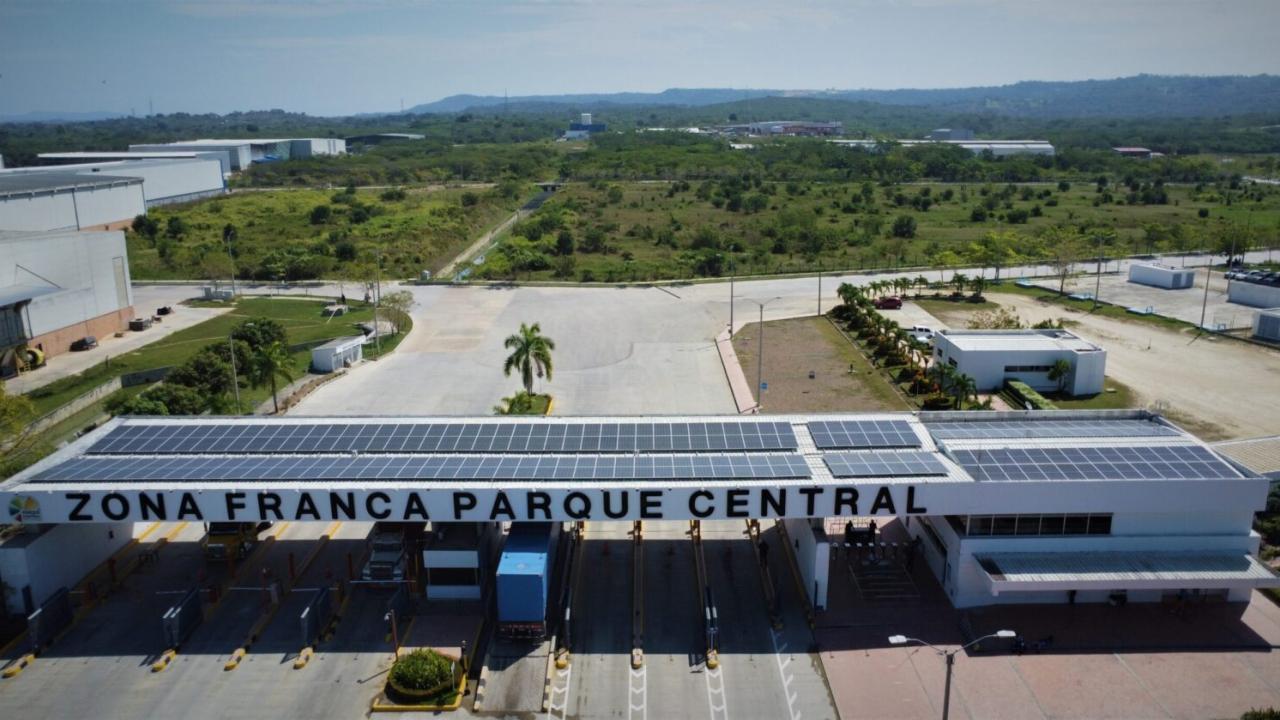
Foreign trade in free trade zones showed a sharp increase in exports and a drop in imports.
In July 2024, exports from Colombian free trade zones grew by 18.2%, reaching US$328.9 million, compared to US$278.3 million recorded in the same month in 2023, according to figures from the National Administrative Department of Statistics of Colombia (DANE).
Free zones are specific areas within a country where special regulations apply to encourage investment and trade. These areas often have tax and customs benefits that make them attractive to businesses.
In general, they promote investment and employment, improving competitiveness and economic development, since they have special regulations on tax, customs and foreign trade matters.
This growth is mainly explained by sales in Special Permanent Free Trade Zones (ZFPE), which increased by a quarter, while Permanent Free Trade Zones (ZFP) reported a more moderate increase of 10.2%.
ZFPE are areas designated for specific projects and usually have greater tax and customs benefits than ZFP, which are areas established indefinitely for various economic activities.
The largest contribution to the increase in exports came from sales of processed or transformed goods by industrial users in free trade zones, which added 17.7 percentage points to total growth.
TO WHICH COUNTRIES WERE THE MOST EXPORTED IN JULY?
Foreign sales to the United States were decisive, adding 24.3 percentage points to the positive variation, while the Netherlands and Brazil contributed an additional 6.2 points.
In contrast, the destinations of Egypt and Puerto Rico registered a drop of 14.6 percentage points.
THE OUTPUT IMPROVED, BUT THE INPUT DECREASED
On the other hand, imports to free trade zones decreased by 2.8%, from US$ 174.8 million in July 2023 to US$ 169.8 million in 2024. This drop was mainly due to the reduction in external purchases of machinery, equipment and spare parts, which subtracted 21.5 percentage points from the total variation. The ZFP, in particular, registered a decrease of 5.5%, with the ZFP Quindío and the ZFP Candelaria leading the declines.
In contrast, the Pereira International and Atlantic International free trade zones together contributed 18.1 percentage points, which partly offset the downward trend. Imports from Trinidad and Tobago also fell significantly, subtracting 18.4 percentage points from the total variation.
TRADE BALANCE IN GREEN
In July 2024, the trade balance of Colombian free trade zones recorded a surplus of US$ 168.1 million, higher than the US$ 112.4 million of the same month of the previous year. During the first seven months of the year, the accumulated surplus was US$ 892.0 million, slightly lower than that recorded in the same period of 2023 (US$ 902.6 million).
It should be noted that the trade balance is the difference between a country's exports and imports. A surplus indicates that exports exceed imports, which is positive for the country's economy.
The ZFPE led the surplus, with US$ 544.6 million, while the ZFP reported a positive balance of US$ 347.4 million. Among the free zones with the largest surpluses are the ZFP Palmaseca (US$ 111.2 million) and the ZFP Rionegro (US$ 96.7 million).
In contrast, the Pereira International ZFP and the Tocancipá ZFP recorded the largest deficits, with US$48 million and US$47.9 million, respectively.
The performance of free zones in July 2024 reflects a mixed trend: while exports increased driven by sales to strategic markets, imports continued to slow down, with negative impacts on key sectors.
This maintains a positive trade balance, but with challenges in certain segments that require attention.










